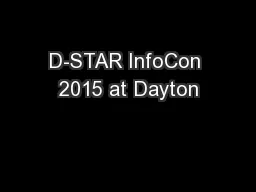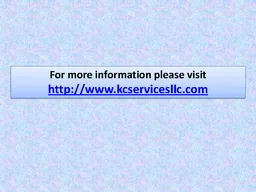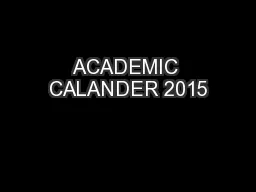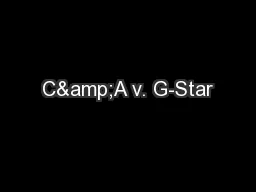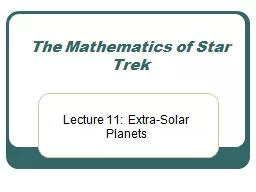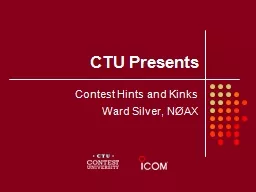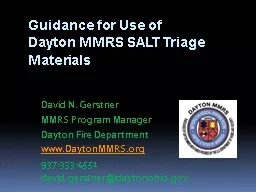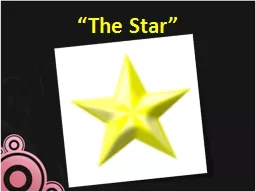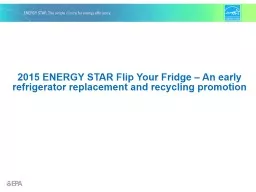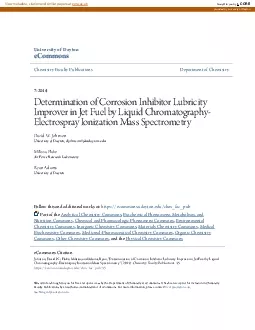PPT-D-STAR InfoCon 2015 at Dayton
Author : phoebe-click | Published Date : 2018-11-10
Hamvention Part 1 DSTAR Basics John Davis WB4QDX What is DSTAR DSTAR is an open standard for digital voice and data designed specifically for Amateur Radio One
Presentation Embed Code
Download Presentation
Download Presentation The PPT/PDF document "D-STAR InfoCon 2015 at Dayton" is the property of its rightful owner. Permission is granted to download and print the materials on this website for personal, non-commercial use only, and to display it on your personal computer provided you do not modify the materials and that you retain all copyright notices contained in the materials. By downloading content from our website, you accept the terms of this agreement.
D-STAR InfoCon 2015 at Dayton: Transcript
Download Rules Of Document
"D-STAR InfoCon 2015 at Dayton"The content belongs to its owner. You may download and print it for personal use, without modification, and keep all copyright notices. By downloading, you agree to these terms.
Related Documents

